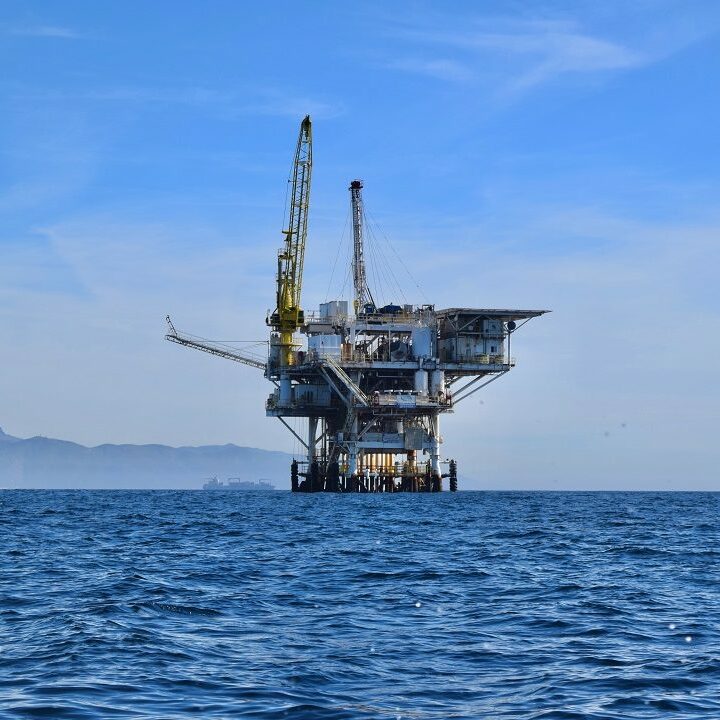Computational Fluid Dynamics
- Home
- portfolio
- Engineering
- Computational Fluid Dynamics

How it Works
Fluid problems encountered in aerodynamics and hydrodynamics, which the engineers should solve using exhausting physical and real tests, can effectively be handled with computer simulations. The simulation environment, which is a virtual one, uses numerical methods to solve in reasonable times difficult partial differential equations expressing the laws of physics involved with the problems. Usually, these differential equations cannot be solved applying ordinary methods. Besides, solutions must be obtained in minimum times. Computational Fluid Dynamics or CFD is the use of numerical solution procedures to simulate aerodynamic or hydrodynamic problems with the help of computers. The use of High Performance Computing methods and technologies are necessary to minimize the solution times.
The accuracy of the mathematical models employed for aerodynamics and hydrodynamics problems is of utmost importance. In addition, the right numerical methods implemented with the suitable HPC techniques and tools can eliminate the need for physical and real experiments and tests, at least at the design phase. Thus, they save huge numbers of hours and also minimize costs.
“Henceforth space by itself, and time by itself, are doomed to fade away into mere shadows, and only a kind of union of the two will preserve an independent reality.”
– Hermann Minkowski
Process & Results
Computers are used to perform Computational Fluid Dynamics calculations. If the fluid problem is small then an ordinary PC and few calculations are enough to ensure a solution. But, for industry problems thousands of processors and many terabytes of memory are required. To perform simulation of fluid dynamics, the whole procedure should be separated in three distinct phases: mathematical modeling, numerical discretization, and iterative methods. The mathematical models are built by the laws of physics that describe the flows, which have continuous functions expressions. Big complex problems require to be broken up into smaller parts or blocks where the corresponding solutions can be found. The methods to achieve this are the finite elements and the finite volumes. The finite volumes are called cells or nodes and the procedure of producing them is called meshing. In reality, a complete flow is broken up into many small parts of it, where the corresponding continuous functions can be approximated by discrete algebraic ones. This is the numerical discretization phase. This allows for the calculation of the physics parameters in a concrete cell by the surrounding ones. A high order of a discrete approximation ensures many surrounding cells to be included in the calculations. The solutions calculated are each one dependent on others constituting interdependencies. In this way, all the equations taken together form a big mathematical matrix, which must be solved. In theory, such a system of equations can be solved by the Gauss elimination method or LU decomposition method. However, these methods require a lot of computing resources to be used, in other words they have a high computing cost. Alternatively, iterative methods can be employed. Provided that the iterations converge to solutions, in each iteration the solutions come closer. After many iterations the difference or error between a real solution and the approximated one is minimized. Three types of errors must be taken into consideration and handled with care: modeling errors, discretization errors and iteration errors. The first has to do with the accuracy of the mathematical model used, the second with the approximation of the discretization of the continuous functions, and the third with convergence of the iterative processes.










